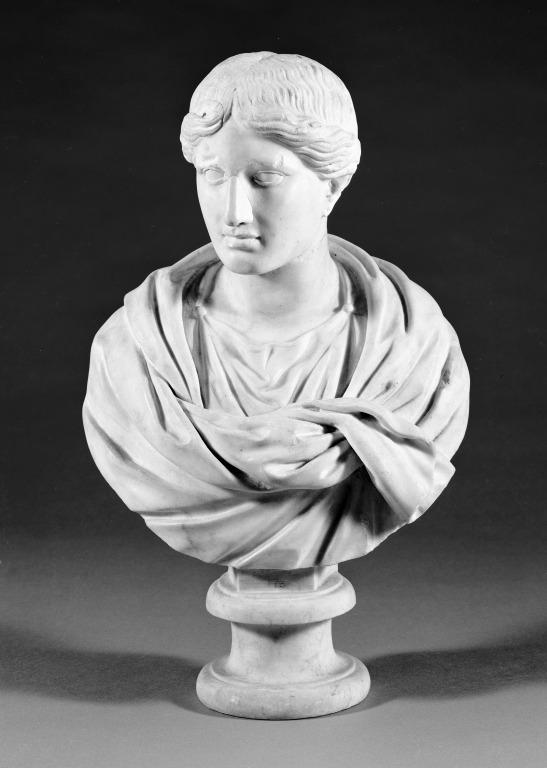
Female Bust National Museums Liverpool
4.5 (432) In stock

4.5 (432) In stock
An idealised female bust with a long jawed face and large elongated eyes set flatly in the face. The present eyes are inserts as were the original eyes. and were probably made in a contrasting stone. The lips are thick and set firmly with an expression of a near pout. The hairstyle is inspired from classical statues especially in the centre part, the flat execution of the crown and the thicker waved strands running along the face and coming together at the back in a knot that has been restored. The sculptor did not execute the side waver in the same way: on the left they are divided in two parts with the backmost comber almost artificially. On the right the waves simply follow the side of the head back into a hairknot. Bartman noted that in antiquity the general head type and hairstyle would have belonged to a male hero or a deity like Apollo or a female one. She compared it with a female head in the Museo Gregoriano Profano which the scholar Volar attributes to the so-called Mantua Sphinx from the 5th century BC. The images of sphinxes were popular with Roman patrons but it is not clear whether they were used for funerary monuments or for decorative purposes. Bartman dates the bust to the 2nd century AD because of the schematic representation and the flat definition of the hair. There are restorations on both eyes, the nose and a patch of hair above the right eye, the bun of hair at the base of the neck, the bust and the bust support. The right ear lobe has been drilled through, the whole surface is blurred possibly because of chemical treatment.
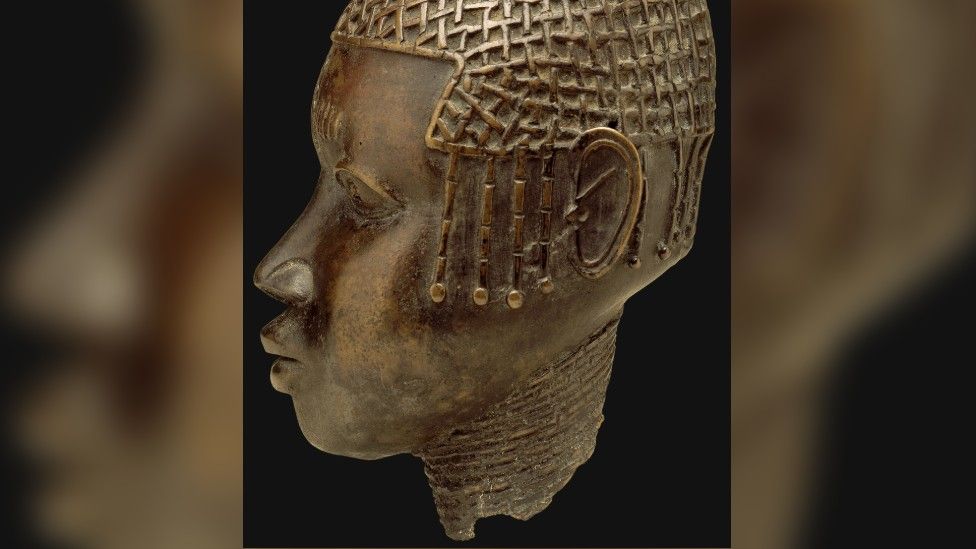
Benin and Liverpool exhibition to confront colonial history - BBC News

Marie Antoinette National Museums Liverpool
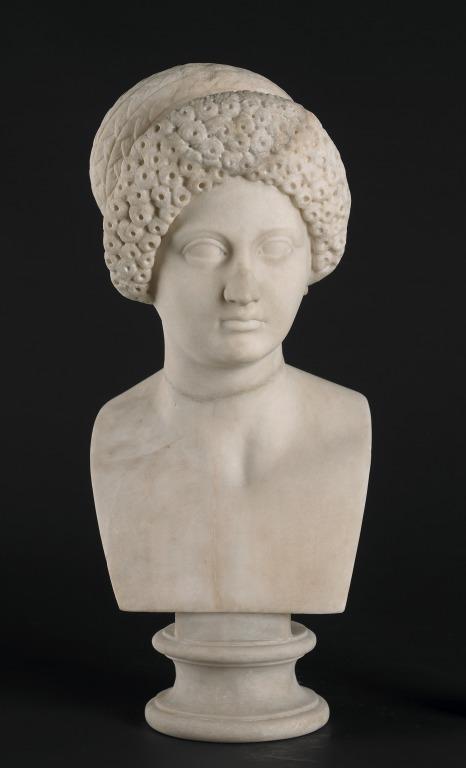
Female Bust National Museums Liverpool
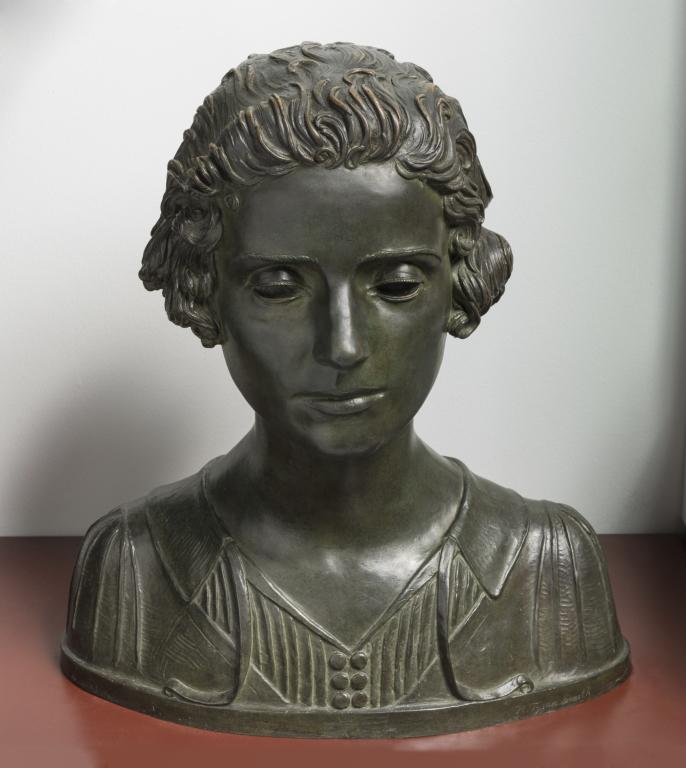
Mrs Field National Museums Liverpool
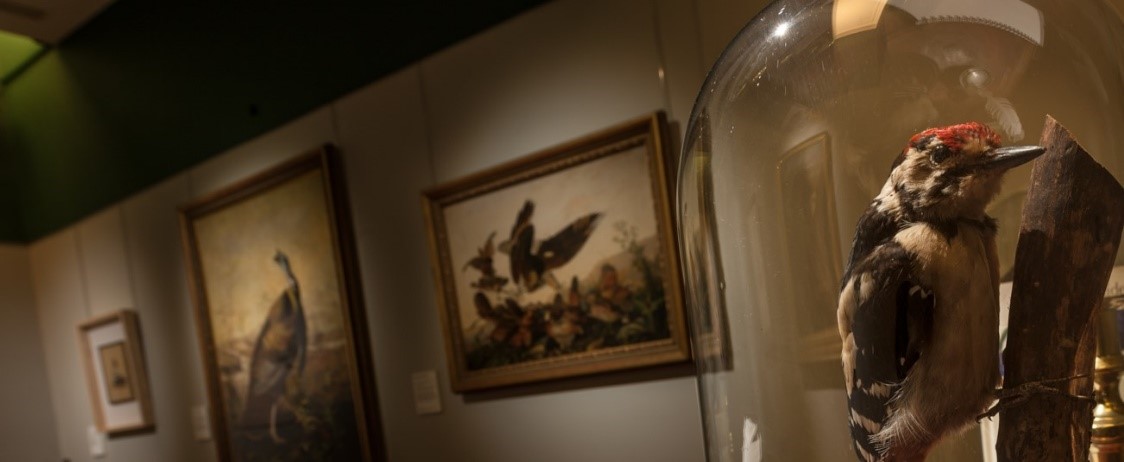
John James Audubon - Victoria Gallery & Museum - University of Liverpool
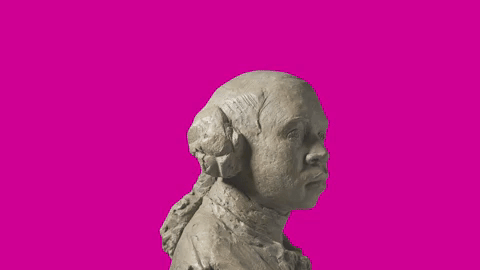
Rebranding the National Museums, Liverpool
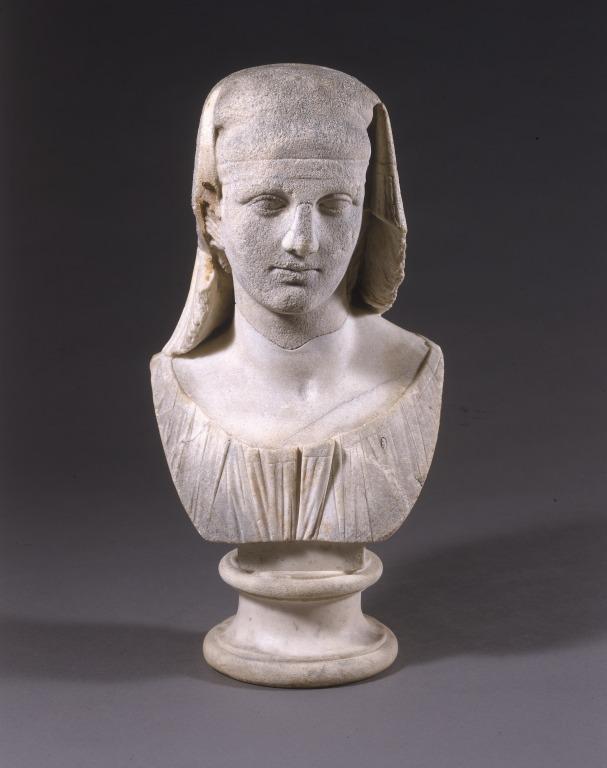
Bust of a Hermaphrodite National Museums Liverpool

Books and Art: Girl Sketching (c. 1810). Sir Henry Raeburn

Woman from Elche. Iberian sculpture. 4th century B.C.. Discovered in 1897. Madrid, National museum of archeology. Location: MUSEO ARQUEOLOGICO NACIONAL-COLECCION. MADRID Stock Photo - Alamy

Feminism doesn't need more female statues – it needs political action, Art and design
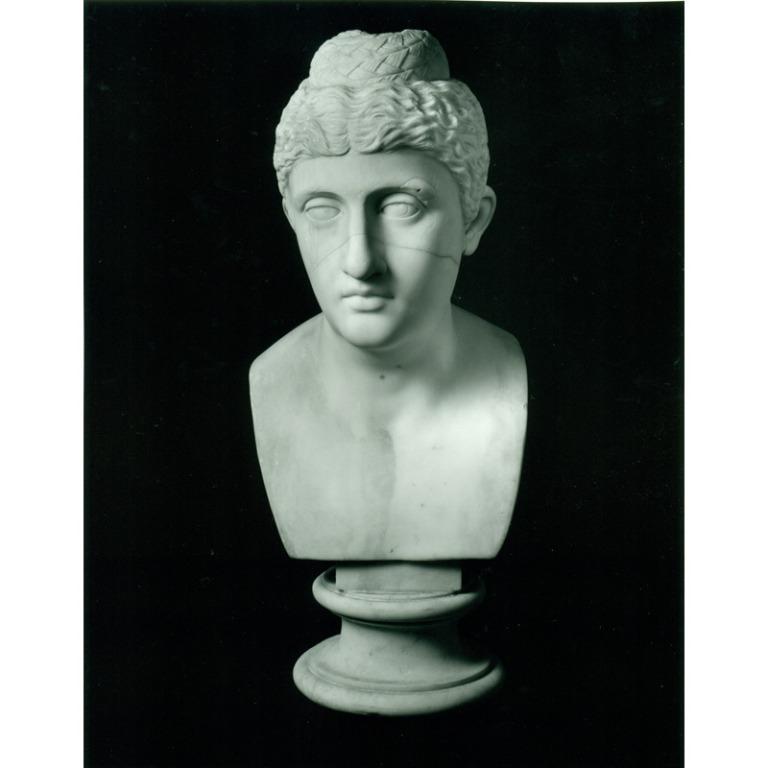
Bust of Faustina the Elder National Museums Liverpool
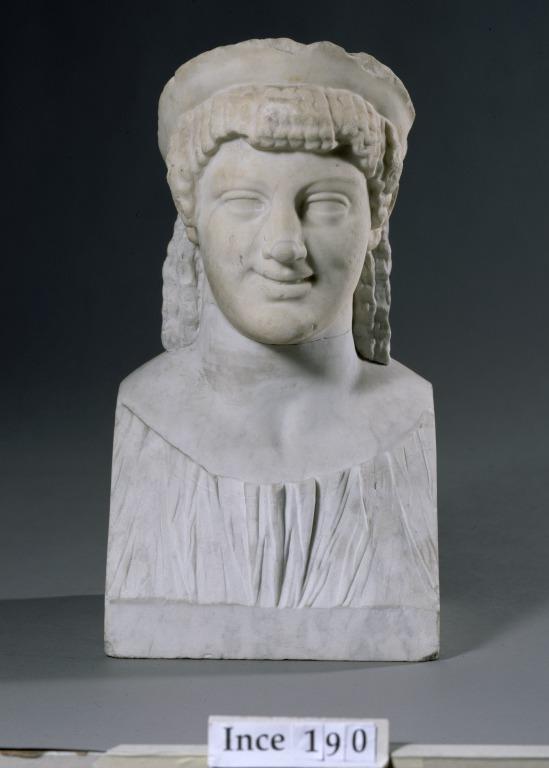
Female Bust National Museums Liverpool

Possibly Lady Louisa Theodosia Hervey, Countess of Liverpool (1770-1821) 852231